A liveaboard sailboat offers the freedom of RV or van life combined with the beautiful scenery and exhilarating travel of a sailboat–and they’re becoming more popular every day.
Like other full-time travelers, liveaboard sailboaters have to tangle with the problems of maintaining various home systems on the go–including their power supply. Enter lithium batteries. This convenient and practical technology is fast becoming a leader in the liveaboard sailboat world.

What is a Liveaboard Sailboat and Who Lives on Them?
Much like it sounds, a liveaboard sailboat is designed for people to live there full-time. Think of it as an RV on the water or a more mobile version of a houseboat. In contrast to more traditional sailboats, liveaboards tend to have a more spacious cabin and improved or expanded versions of power, water, and waste storage systems.
While there are no reliable statistics about who lives full time on sailboats, it’s safe to say there are tens of thousands of people in the United States alone practicing the lifestyle.
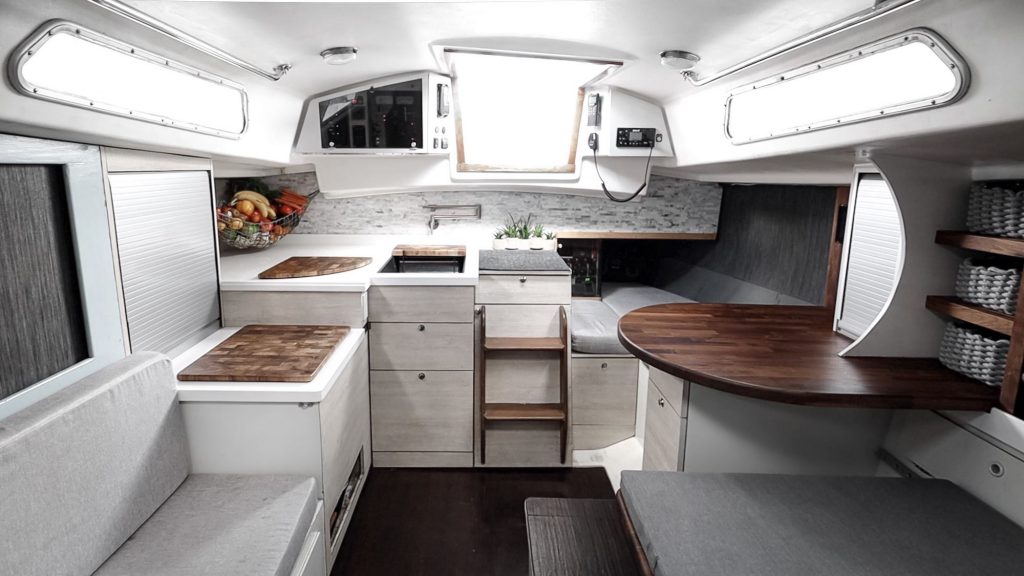
Even as far back as the year 2000, there were estimates of 50,000-100,000 U.S. liveaboard sailboat dwellers. It’s safe to assume that with the vast improvements in cell phones and other technology and the increased prevalence of remote work, those numbers have only grown since.
And the liveaboard lifestyle isn’t just for singles or young couples. Families, even with young children, are also increasingly taking to the water and transitioning to a liveaboard life.
What Are the Power Needs of a Liveaboard Sailboat?
Similar to RVs or converted vans, liveaboard sailboats tend to have two separate power systems: one that runs on 12V and another for traditional 110V power.
While docked at a marina, you’ll generally want to use the 110V shore power connection, which not only directly powers your boat’s systems but also charges your batteries through a converter. This 110V power is like the power you have at home.
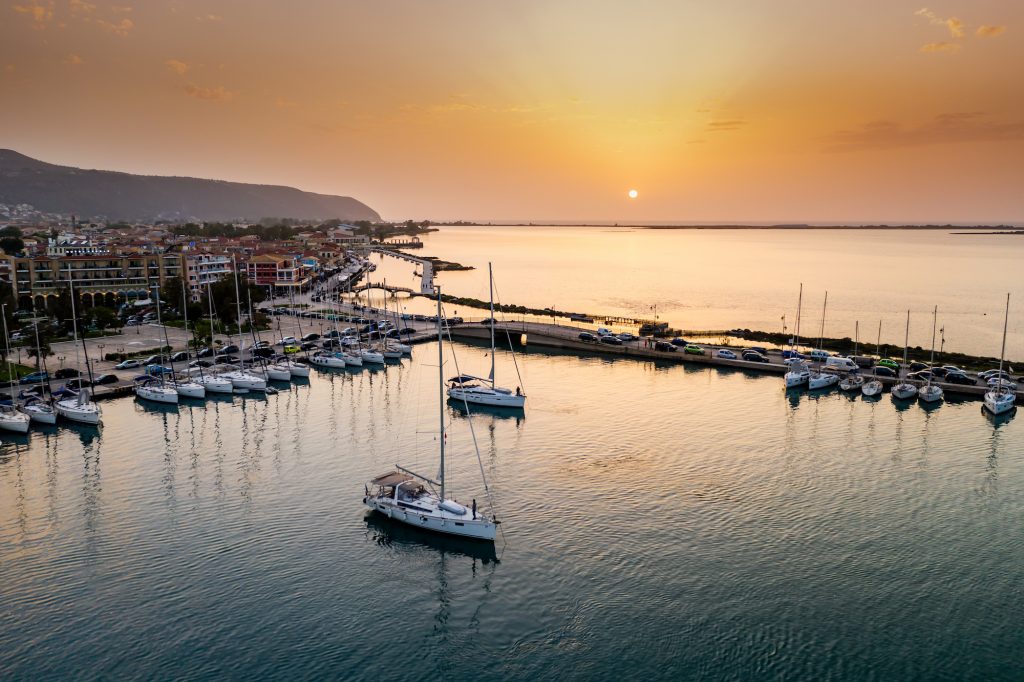
In contrast, the 12V system draws its power from your onboard batteries while you’re sailing or otherwise don’t have access to shore power. However, you can still power 110V devices if you’ve equipped your boat with an inverter, which changes 12V power to 110V.
In terms of how much power liveaboard sailboaters will need, the answer may vary widely depending on needs and lifestyle preferences. You can determine your amp usage by adding up the wattage of each device you’ll use and then dividing it by the voltage you use.
So, if you’re using 120W in a 12V system, you’ll have 10 amp-hours of energy. This will give you a rough estimate of how much energy you’ll use for every hour the devices are operating.
Engine alternators from your boat can help recharge these batteries on the go, as can solar panels or wind turbines. Still, many liveaboard sailboat owners focus on conserving power between marina stops rather than investing in expensive power generation equipment.
Why Are Lithium Batteries Perfect for Liveaboard Sailboats?
Newer, higher-tech lithium batteries are an increasingly common choice for liveaboard sailboat power systems because they offer distinct advantages compared to traditional batteries.
Lighter Weight
Compared to more common batteries like sealed lead-acid, gel, and AGM, lithium batteries can be significantly lighter. Traditional batteries can weigh 60-80 pounds each, while lithium alternatives are about half of that weight.
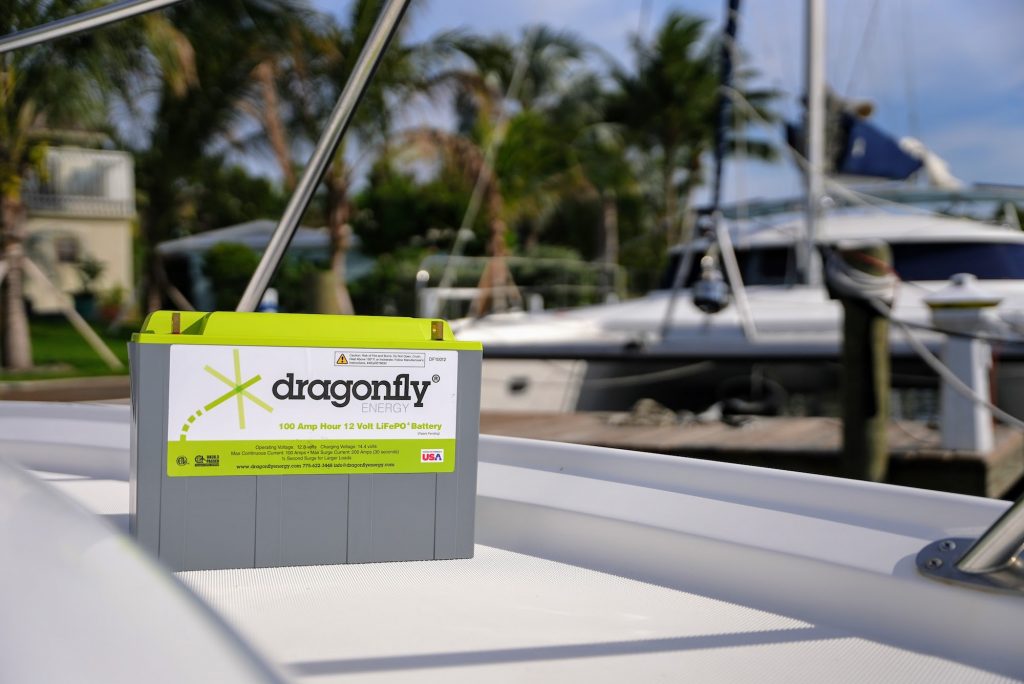
When you’re relying on wind power to take you where you need to go, every pound matters and upgrading to lithium batteries can reduce your overall weight significantly.
Although lighter, they aren’t less powerful. In fact, lithium batteries will have significantly more total energy capacity, despite their smaller size.
Run Heavy Loads
Liveaboard sailboat owners will generally require a bit more power at a given time than other boaters. Lithium batteries are perfect for handling the extra load, thanks to the chemistry within.
Lower resistance within the batteries themselves means the batteries can call upon higher currents on demand, and you get more power to your heavier-duty appliances.
Fast Charging
Generally, traditional batteries will need four to six hours to charge to approximately 80% capacity. However, lithium batteries can charge much faster–some as quickly as one hour. This is convenient when charging up at a marina but can be crucial if you want to take advantage of maximum light conditions for solar panels or wind power from a turbine.
Easy to Maintain
Lithium batteries are essentially maintenance-free. Once installed, they’re typically hands-off until they need to be replaced (which could be up to a decade or more).
In comparison, flooded lead-acid batteries require regular maintenance, with water carefully added every few weeks. Even sealed lead-acid batteries require regular cleanings and attention to prevent corrosion.
And not only are lithium batteries easier to maintain, but they also last much longer than lead-acid or other types of batteries before needing replacement.
Enable Off-Grid Living
Because of the benefits listed here, lithium batteries can be a crucial element to off-grid life. They can provide the heavier power use of liveaboard sailboats and can easily work with renewable energy systems like solar or wind turbines.
Even better, their lighter weight means you can install these systems without unduly slowing down your boat. Quite simply, there’s no better piece of technology to power an off-grid life on the water.
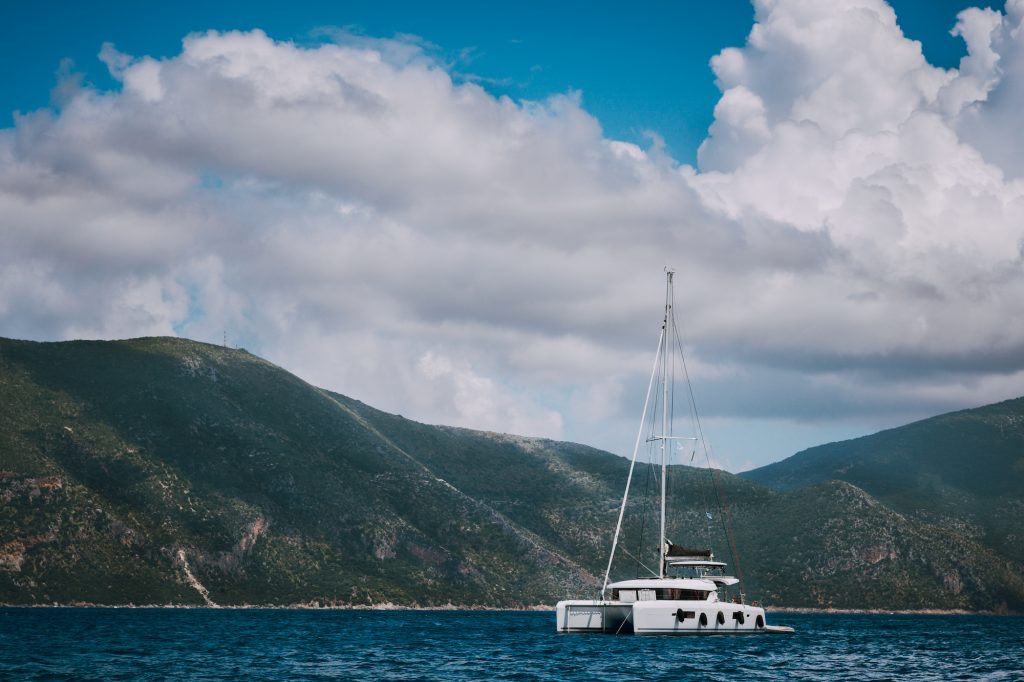
Are Lithium Batteries Becoming Standard on Sailboats?
Flooded lead-acid batteries are still the most common liveaboard sailboat battery for many reasons, including their easy availability and lower upfront cost. However, as lithium batteries become cheaper and more common, more liveaboard boaters recognize the significant benefits they provide.
In higher-end and customized sailboats, lithium batteries are much more common. They’re widely recognized as the superior option for liveaboard sailboats. And it’s easy to see how they may become the standard for all full-time liveaboard sailboats in the next decade or so.
How Expensive Is It to Install Lithium Batteries in a Liveaboard Sailboat?
Lithium batteries have a reputation for being expensive. This isn’t entirely incorrect if you’re only considering the price of each battery.
Lithium batteries are often several hundred dollars more than their traditional counterparts. Depending on the capacity, each 12V lithium battery usually costs at least $500 and often $1000 or more. Overall, buying and installing a lithium battery power system can cost $5,000-$15,000, and in some cases, more.
While this may sound like an exceptionally large sum, there are a few things to consider here.
First, while lithium batteries may be more expensive initially, they last far longer than typical lead-acid batteries. Therefore, you’ll lose most of your savings from installing a lead-acid system to paying for lead-acid replacements. Meanwhile, the original lithium batteries will still hum along with no issues.
Secondly, it’s still a relatively modest cost when compared to a liveaboard sailboat’s overall price tag. The sum starts in the high five figures and can easily exceed $100,000. And remember the cost of slip fees and electricity, which can range from hundreds to thousands of dollars per month.
If your budget allows, it can be a valuable upgrade to one of your sailboat’s most important systems.
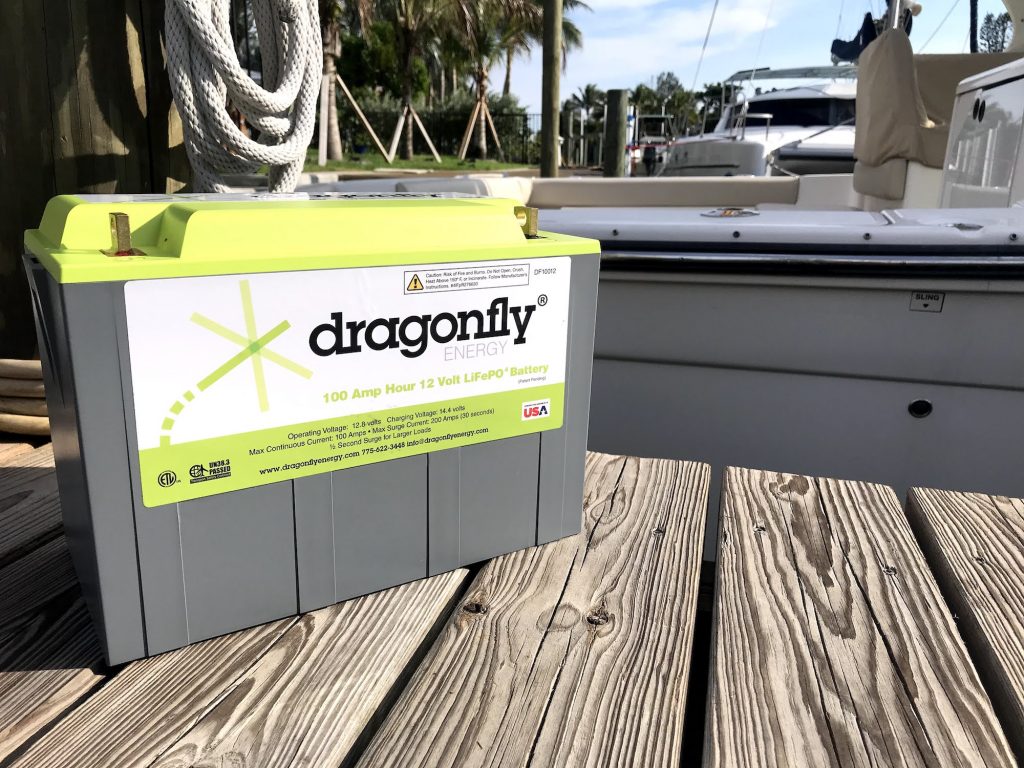
Are Lithium Batteries Worth It for a Liveaboard Sailboat?
The cost and worth is up to you, but if you want to avoid the hassle, extra costs, and added maintenance, lithium is best.
When it comes to sailboats, the liveaboard lifestyle has unique power needs. It’s crucial to keep these in mind when designing an electrical system.
Lithium batteries offer significant advantages over traditional lead-acid batteries in weight, charging speed, and ability to deliver heavy energy loads. Plus, they require no maintenance once installed.
While they may not be the most common choice yet, they’re quickly becoming a standard in the industry. They’ll no doubt become a feature of many liveaboard sailboats to come.

